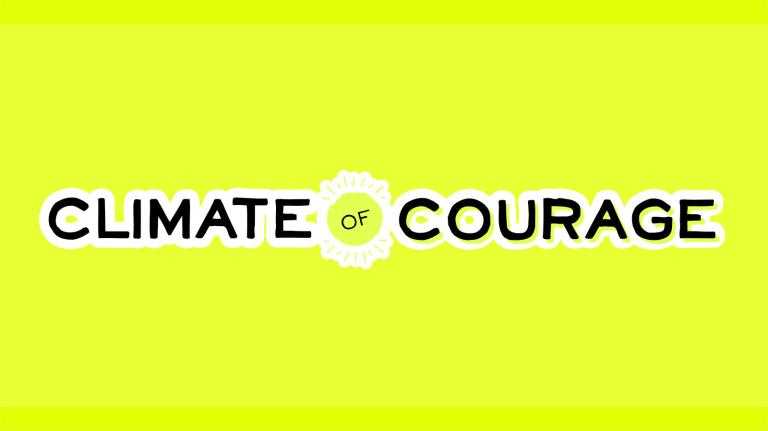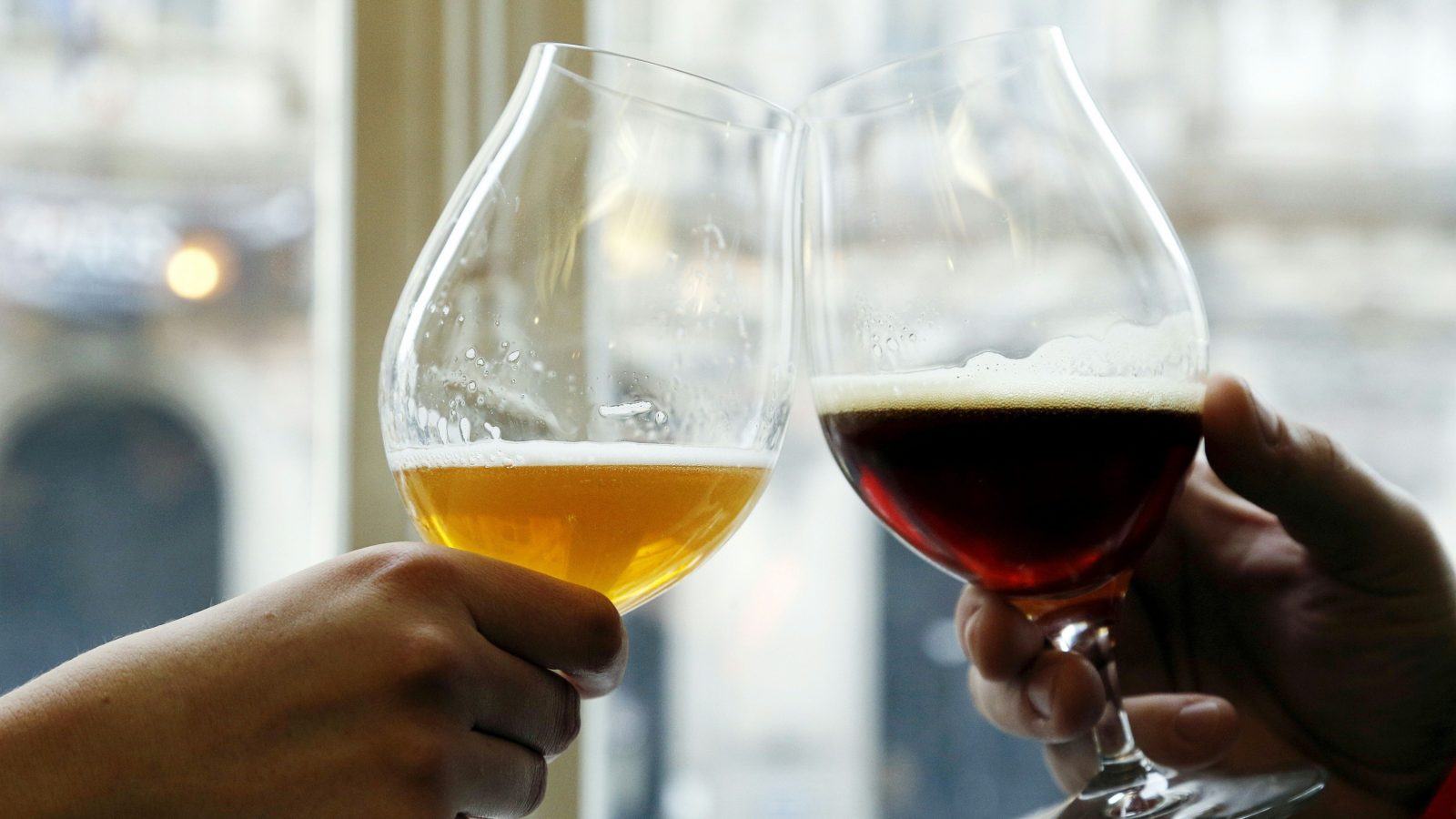This story was originally published by Wired and is reproduced here as part of the Climate Desk collaboration.
Beer drinkers might pay more for and find less of their favorite beverage as climate change comes for barley. Scientists expect that extreme droughts and heat waves will become more frequent and intense in the regions that grow the grain.
Many farmers are already adapting to the slowly warming planet — with advanced plant breeding techniques to create more drought-resistant grains, for example, and by using more efficient irrigation systems to conserve water — but a new study out Monday in the journal Nature Plants says that many regions won’t be able to cope with the arid conditions of the future. The work was done by a group of researchers in China along with Steven J. Davis, an environmental scientist at the University of California Irvine.
The team looked at the areas around the world that grow barley, which is turned into malt for beer, and projected what will occur under five different climate warming scenarios by 2100. Using models of both economic activity and climate change, the group made predictions about what will happen to barley production, as well as beer price and consumption.
During the most severe climate events, the study predicts that global beer consumption would decline by 16 percent, an amount about equal to the total annual beer consumption of the United States in 2011. It also expects average beer prices to double. Each country would be affected differently. The price of a single pint of beer in Ireland, for example, will rise by $4.84, followed by $4.52 in Italy and $4.34 in Canada. American tipplers will see beer prices rise up to $1.94 under the extreme events, the study said, and barley farmers will export more to other nations.
Davis, who has published several papers on climate change and the Chinese economy, says many extreme drought and heat events will force farmers to feed barley to livestock instead of selling it to domestic breweries. “When we have these shortages, our models suggest people are going to feed the barley to the livestock before they make beer,” Davis said. “That makes sense. This is a luxury commodity and it’s more important to have food on the table.”
The effects of climate change are already being felt by craft brewers, says Katie Wallace, director of social and environmental responsibility at New Belgium Brewery in Fort Collins, Colorado. In 2014, the U.S. barley-growing region — Montana, North Dakota, and Idaho — was hit by an extremely wet and warm winter that caused crops to sprout early, rendering much of it useless. Farmers were forced to tap into reserves in storage.
In 2017 and again this past summer, the Pacific Northwest was hit by severe drought that affected production of hops that give unique flavors to craft brews. Wallace says that climate change is on the minds of all craft brewers as they plan for how to avoid future shortages of both barley and hops. “It’s stressful,” Newman said. “We are seeing an increased level of vulnerability and some near escapes in some cases. All of these things have happened periodically, but the frequency is growing.”
The craft beer industry is already planning for the future, says Chris Swersey, a supply chain specialist at the Brewer’s Association, a trade group that represents 4,500 small breweries across the country. Swersey says he is skeptical of the paper’s findings, mainly because it assumes that the amount and location of barley production will stay the same as it is today. He says barley growing is already moving north to Canada, while researchers are hoping to expand barley’s range with winter-hardy breeds.
“The industry is already aware that barley production is shifting,” Swersey says. “We need to be thinking ahead and be smart about what is our climate going to look like 50 or 100 years from now.”
It’s not just the little guys who are thinking of climate change. The king of U.S. beer production remains Budweiser, which produces the No. 1 (Bud Light) and No. 3 (Budweiser) top-selling brands. Budweiser buys barley from a vast network of farmers in the northern U.S. and is investing in new breeds of drought-resistant barley strains, according to Jessica Newman, director of agronomy for Budweiser. “It’s all about getting the right varieties, getting the right mix, and getting the right technology to our growers,” Newman says from her office in Idaho Falls, Idaho.
She says Budweiser’s crop science lab in Colorado is working on new barley strains dubbed Voyager, Merit 57, and Growler. “We are breeding for drought resistance and sprout resistance,” Newman said. “If we see rainfall coming earlier, or if it rains in the wrong time of year, the barley can sprout and it wouldn’t be used. We also want it to use less water and fewer agricultural chemicals.”
Climate scientist Davis says he and his colleagues wrote the study as a thought exercise to perhaps stoke conversation about how climate change affects our daily lives. “A paper on beer might seem a little bit frivolous when it’s dealing with a topic that poses existential threats,” Davis said. “But some of us have a personal love of beer and thought this might be interesting.” Climate change won’t just alter the weather; it’ll also hit our grocery tabs and hobbies.




